The second spacecraft met the same searing frontier.
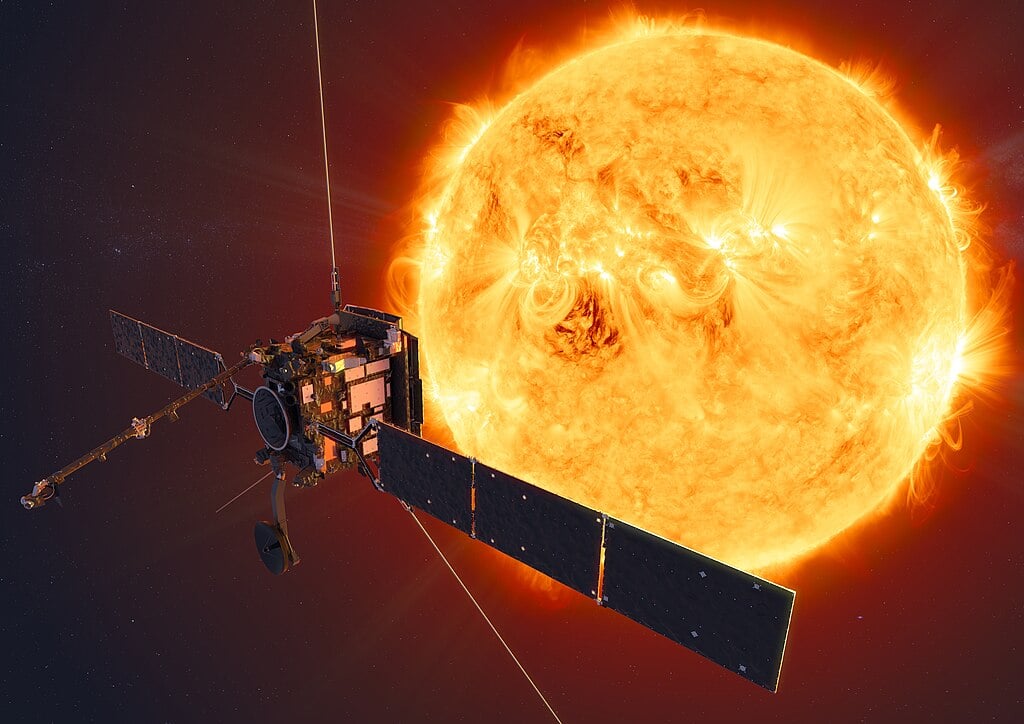
When Voyager 2 reached the farthest edge of the Sun’s influence, it passed through a region unlike any other in the solar system. Instruments recorded an unexpected spike in heat, density, and magnetism, marking its journey into interstellar space. The spacecraft had entered what scientists call a “fiery barrier,” a turbulent boundary where the solar wind collides with the charged gas between stars. The temperatures there rose into the tens of thousands of kelvin, but the plasma was so thin that the spacecraft never felt the heat. It glided through, silent and unharmed.
1. Voyager 2 crossed into interstellar space after decades of travel.
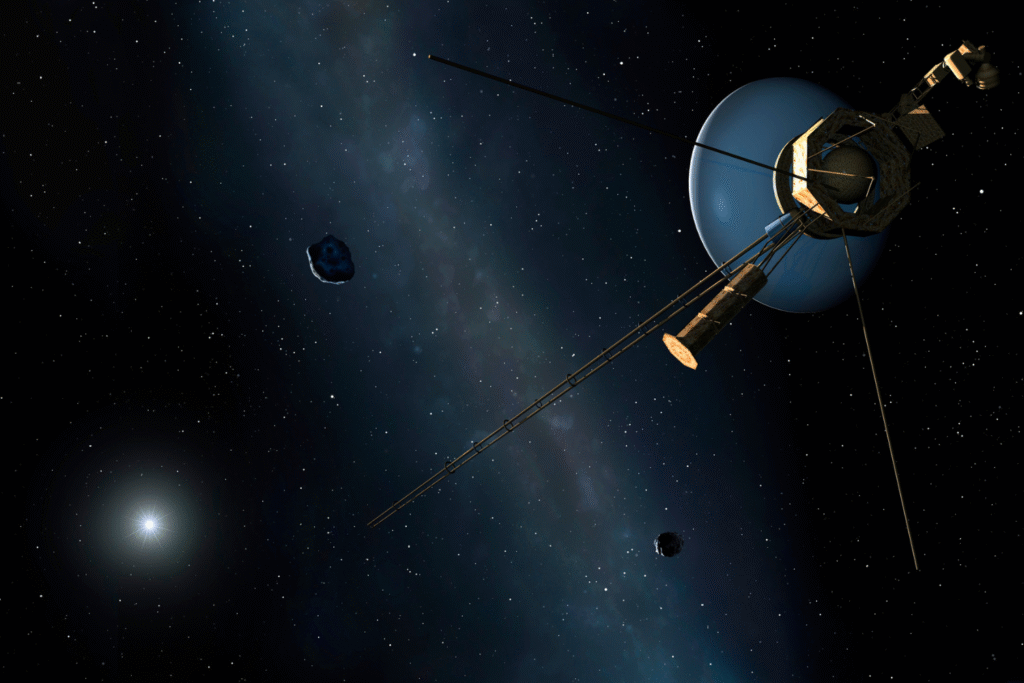
After an extraordinary voyage lasting more than four decades, Voyager 2 finally escaped the solar bubble known as the heliosphere. The region is shaped by the Sun’s outflowing plasma, which pushes against the cooler interstellar medium. According to NASA’s Jet Propulsion Laboratory, instruments recorded a steep rise in particle density and magnetic field strength, confirming that the spacecraft had crossed into interstellar space.
This made Voyager 2 the second probe in history to leave the heliosphere. Its success built on Voyager 1’s earlier data, proving that the boundary between the solar system and the galaxy beyond is real, heated, and surprisingly complex.
2. The spacecraft recorded plasma temperatures near fifty thousand kelvin.
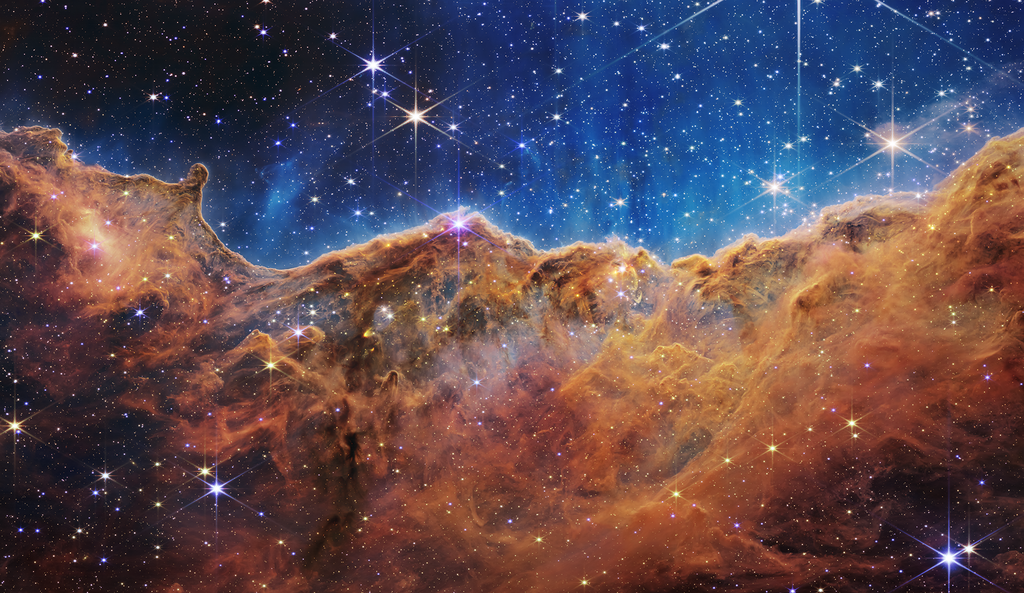
As it approached the heliopause, Voyager 2’s plasma wave instruments detected hot, dense material with temperatures reaching roughly fifty thousand kelvin, as reported by NASA scientists analyzing mission data. The heat was caused by the compression of solar and interstellar gases forced together at the boundary.
In ordinary conditions, such temperatures would melt metal in an instant. But here, the particle density was so low that the energy transfer was almost nonexistent. The readings revealed a place that was paradoxically both fiery and frozen, a wall of heat in a near vacuum.
3. Particle density increased dramatically outside the heliosphere.
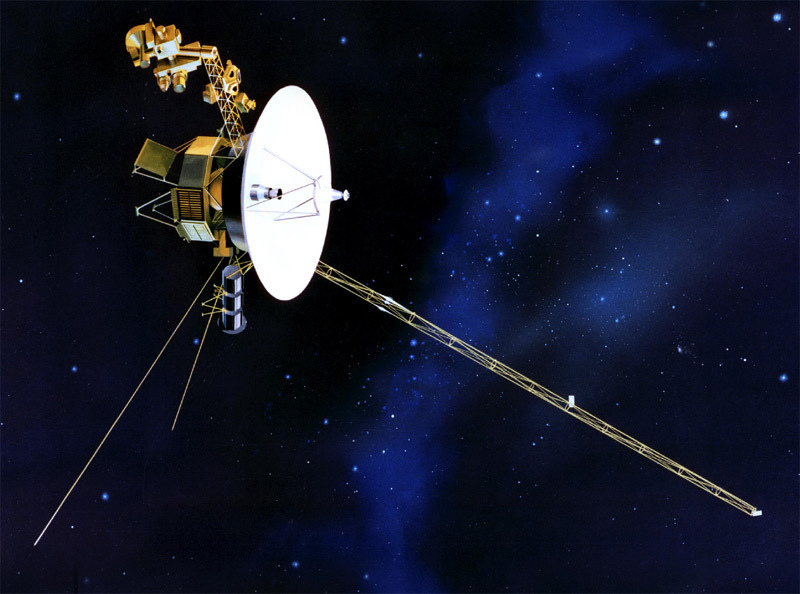
The spacecraft’s plasma detector showed that the number of charged particles outside the heliosphere was many times higher than inside. Scientists believe the solar wind slows and piles up as it pushes against the denser interstellar medium, forming a compressed sheath around the Sun’s bubble.
This dense layer bends magnetic fields and creates the fiery border Voyager 2 crossed. It acts like a pressure front, cushioning the solar system from galactic radiation while also marking the limit of the Sun’s influence in space.
4. The heliopause behaves like a moving and breathing shield.
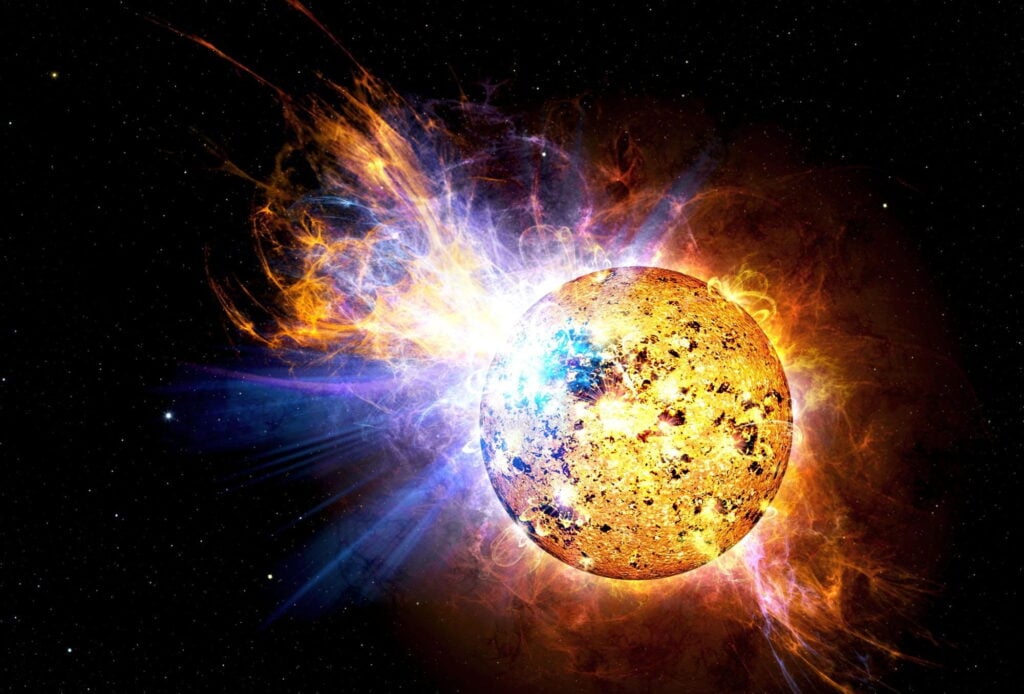
Voyager 2’s continuous data revealed that the heliopause is not fixed. It swells and contracts as the Sun’s activity rises and falls, expanding outward during strong solar winds and shrinking back during quiet periods. These breathing motions create shifting waves of heat and pressure that ripple through the boundary.
The spacecraft measured variations that suggest the heliopause is alive with energy. It is not a static shell but a dynamic shield that continually negotiates the balance between solar and galactic forces.
5. Voyager 2 found that magnetic fields change direction gradually.
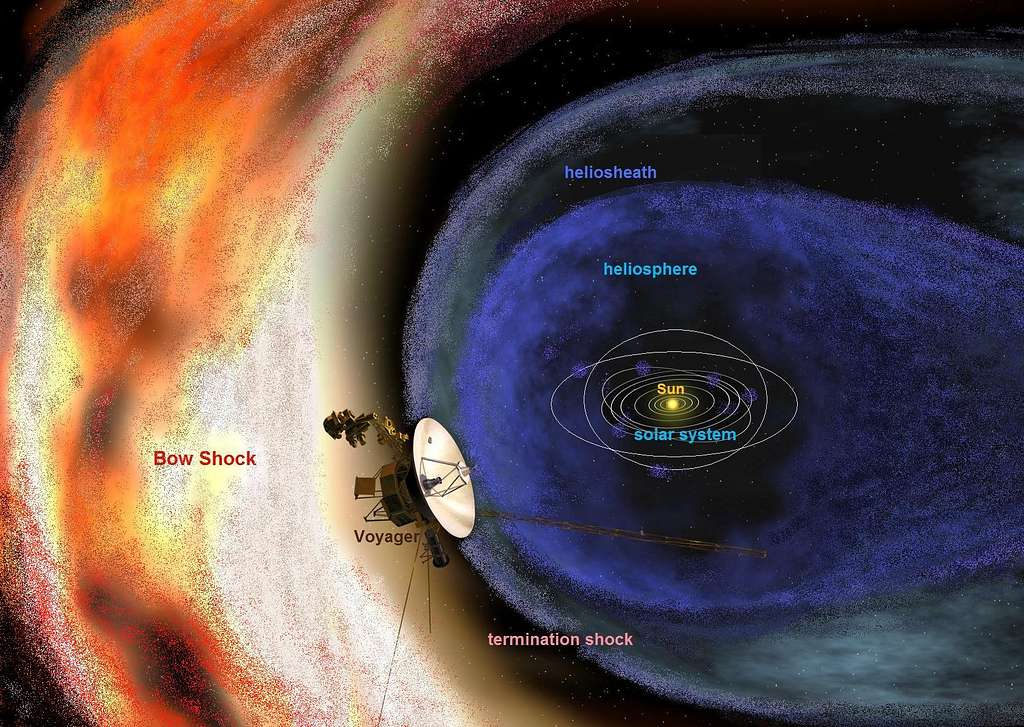
Before crossing the boundary, its instruments measured the direction of the magnetic field carried by the solar wind. After the transition, the field direction tilted slightly, showing alignment with the magnetic field of interstellar space. The smooth transition was surprising, since scientists had expected the fields to oppose one another sharply.
This observation indicated that the solar and interstellar fields are partially connected, woven together rather than divided. The finding suggested that the Sun’s magnetic influence extends far deeper into space than previously understood.
6. The heat recorded was lower than Voyager 1’s readings.
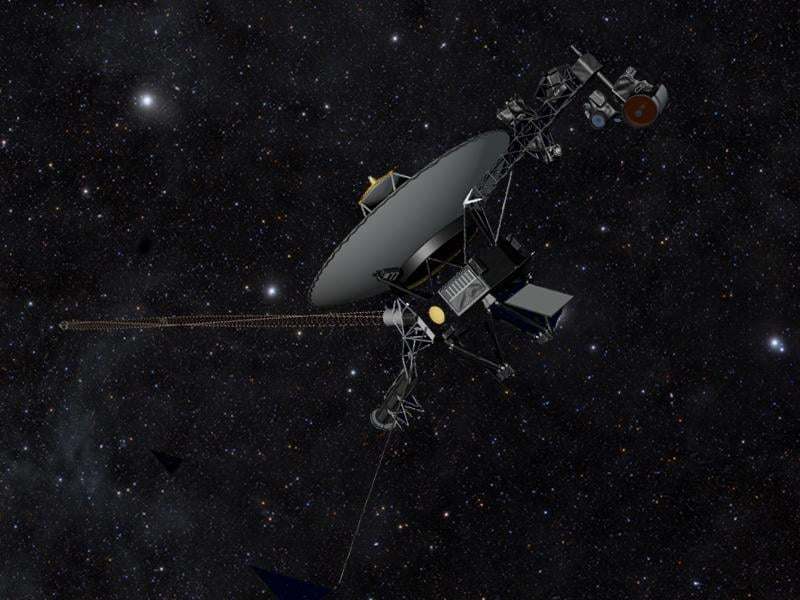
Voyager 1’s earlier passage through the heliopause revealed plasma temperatures closer to sixty thousand kelvin, while Voyager 2’s data showed slightly cooler levels. Scientists believe this difference reflects the shape of the solar boundary, which is thicker and less turbulent near Voyager 2’s crossing point farther south of the solar equator.
These two measurements, taken from opposite hemispheres of the Sun’s bubble, gave researchers the first three dimensional view of how uneven and distorted the heliopause truly is. The difference proved that this fiery barrier is a flexible, evolving structure.
7. Voyager 2 provided more complete data than its predecessor.
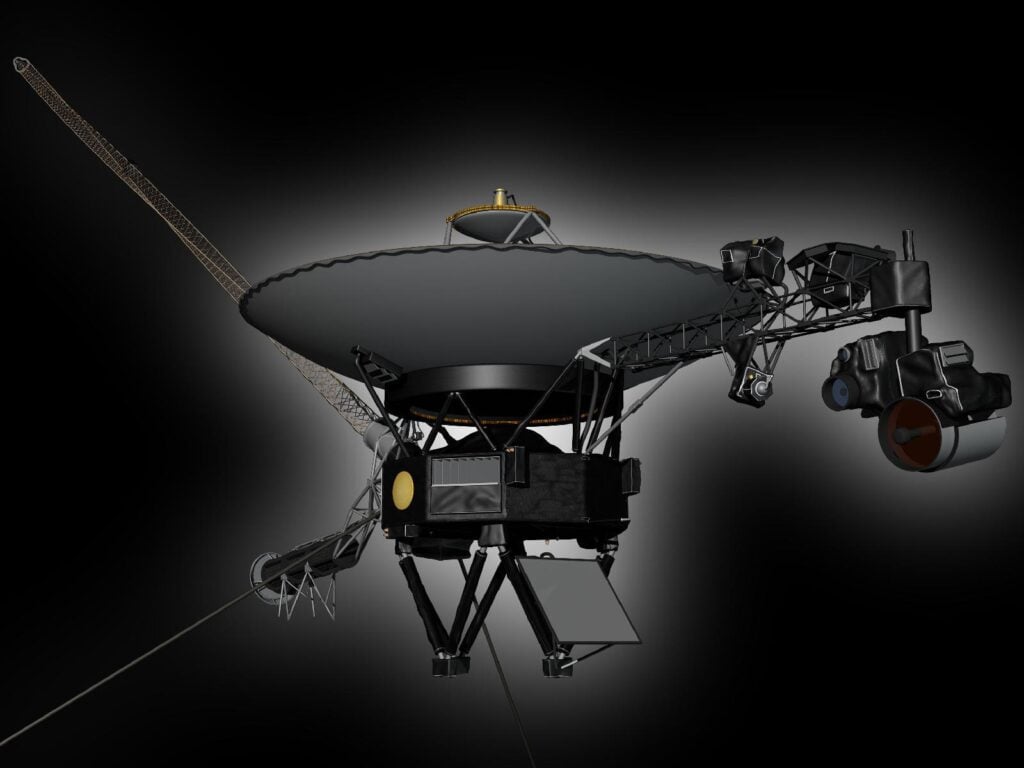
Voyager 1’s plasma instruments had stopped working years before its crossing, so its measurements of the boundary were indirect. Voyager 2, however, still carried a functioning plasma spectrometer that captured detailed readings of temperature, density, and particle speed. That data confirmed and expanded on what Voyager 1 had found.
Having both spacecraft sample different regions allowed scientists to compare notes across billions of miles. The twin records built a consistent picture of the solar frontier, one defined by turbulence, magnetism, and surprising heat.
8. The fiery barrier comes from magnetic and plasma compression.
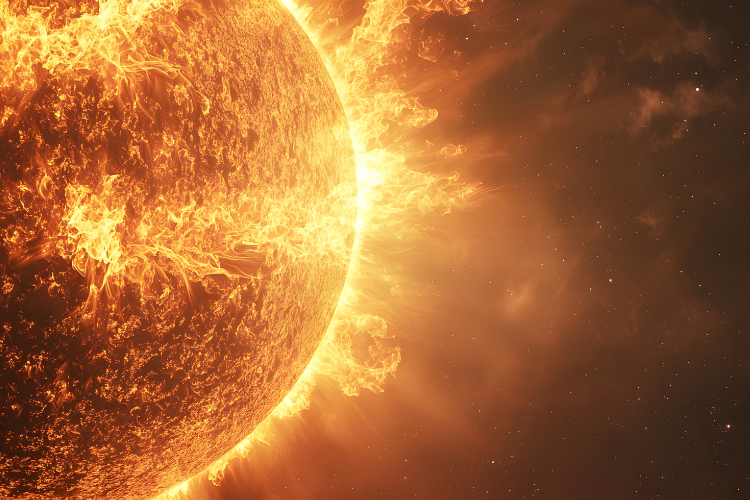
The heat at the edge of the solar system is not generated by the Sun’s light but by the frictionless collision of charged particles and magnetic fields. When solar plasma meets the interstellar flow, the two squeeze and twist together. That compression converts kinetic energy into thermal energy, heating the particles to tens of thousands of kelvin.
Voyager 2’s instruments caught the ripple of that compression directly, revealing the thin layer of charged gas that encircles the solar system like a halo of heat. The discovery deepened our understanding of how stars carve cavities within the galaxy.
9. Voyager 2 still detects faint plasma vibrations beyond the Sun’s reach.
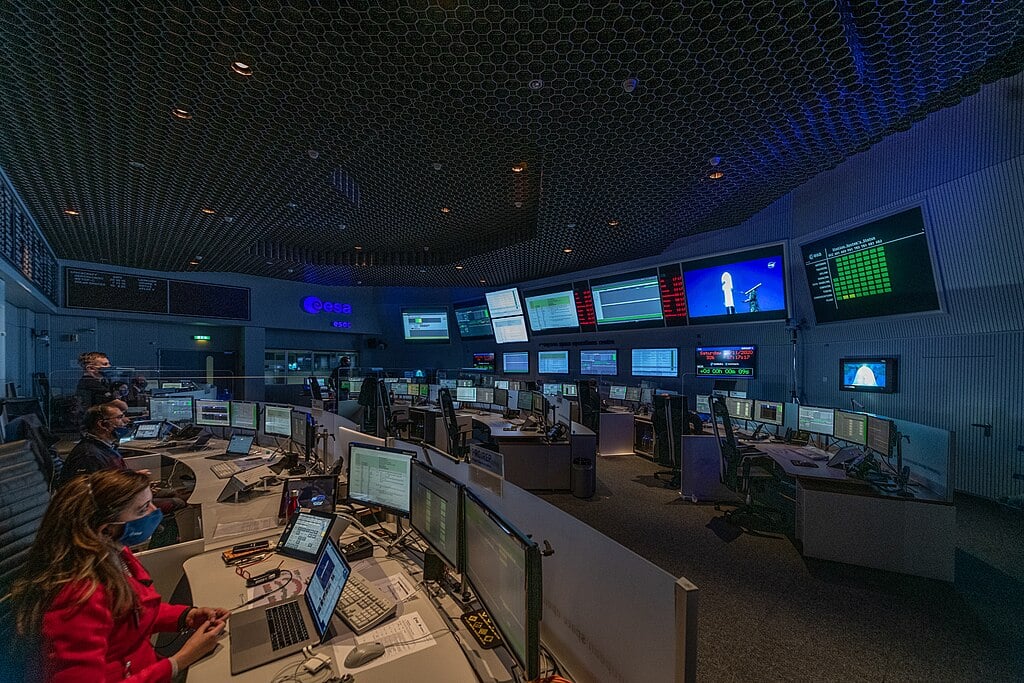
Even after clearing the heliopause, the spacecraft continues to record the distant hum of interstellar plasma. Those slow wave oscillations allow scientists to measure changes in pressure and density in regions no human has ever visited. Each signal helps map the structure of the space between stars.
These ongoing measurements show that interstellar space is not silent but filled with subtle motion and sound. Voyager 2’s delicate sensors continue to translate that whisper into data, sending back proof that the galaxy beyond the Sun is vibrant and alive with energy.
10. The twin Voyagers redefined the true edge of the solar system.
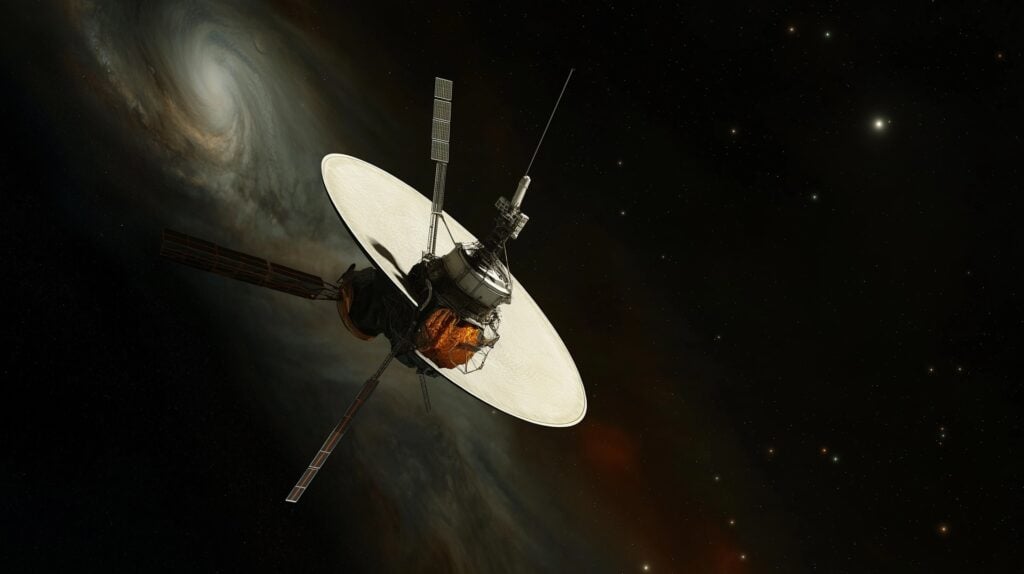
By comparing their journeys, scientists learned that the Sun’s influence does not fade gradually but ends in a narrow, heated zone. Both probes encountered a turbulent wall where solar and galactic forces meet, glowing in plasma hotter than any found near Earth. The discoveries reshaped our concept of what it means to leave the solar system.
Voyager 2’s crossing confirmed that this fiery frontier is real and enduring. Though billions of miles apart, the twin spacecraft now drift together through interstellar space, carrying humanity’s only firsthand record of where our star’s power finally ends.
